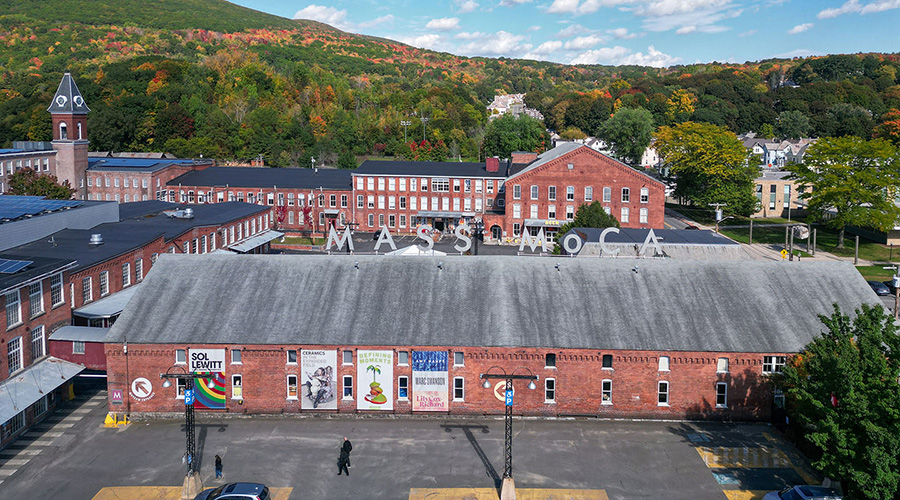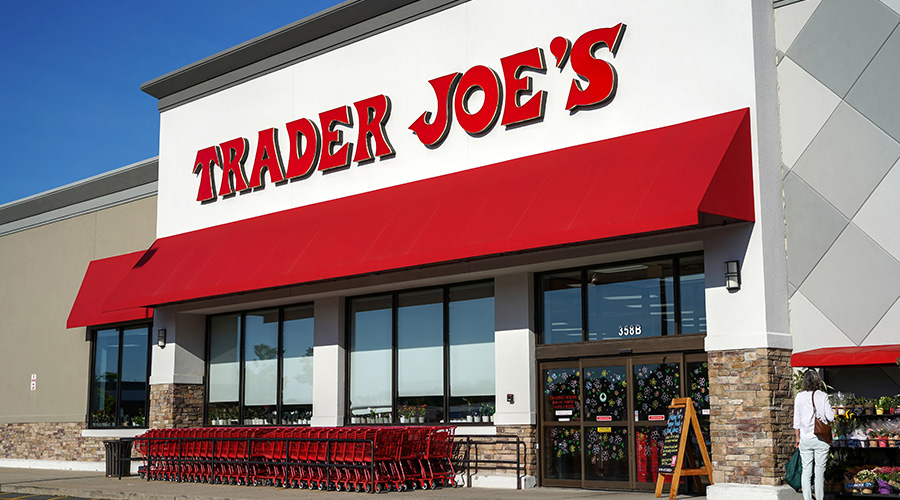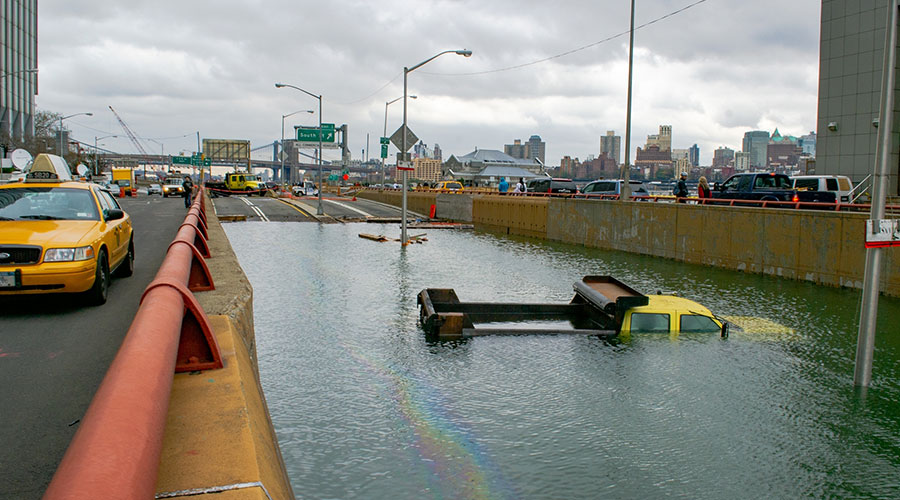
Massachusetts Museum of Contemporary Art Implements FacilityONE Solutions
The museum implemented both F1 MAPS and F1 WORKS. May 31, 2024
FacilityONE announced its newest nonprofit client Massachusetts Museum of Contemporary Art (MASS MoCA), located in North Adams, Massachusetts, which has implemented intuitive software solutions that allow team members to manage facilities quickly, easily, and on the go.
MASS MoCA has recently implemented two solutions, F1 MAPS and F1 WORKS, which allow them to centralize critical information, streamline facility management workflows, and increase productivity for faster response times and fewer unexpected downtimes. “Work Order on the Fly” specifically gives facility managers and technicians an advantage in day-to-day operations.
"Thanks to the solutions from FacilityONE, our workplace has been able to modernize operations, become more efficient, and ensure vital information isn't only confined to individuals' expertise but is also seamlessly captured into our workflows,” says Andy Schlatter, director of facilities and campus planning at MASS MoCA. “The integration of technology has simplified our daily tasks and empowered our team to focus on what truly matters: delivering outstanding service."
With F1 MAPS, team members at MASS MoCA can access interactive maps of their facilities’ floor plans with equipment and systems mapped to their exact location. These maps are available via computer, laptop, tablet or smartphone, and critical information like warranties and preventive maintenance schedules can be accessed with the touch of a finger. The addition of F1 WORKS provides the ability to manage work orders from creation to completion.
Together, these two software tools create a unique functionality called “Work Order on the Fly.” When a team member comes across a problem within the museum, they can instantly create a corrective work order in F1 MAPS. Using their smartphone or tablet, they simply click on the piece of equipment impacted to get started. They can describe the problem and take photos as well as assign a technician and priority level. This significantly decreases the amount of time it takes to create a corrective work order compared to traditional computer-based programs at designated workstations. It also eliminates any potential confusion or delay surrounding the location of the work order and equipment involved. This means that work orders can be closed much faster, solving problems more efficiently.
Next
Read next on FacilitiesNet












